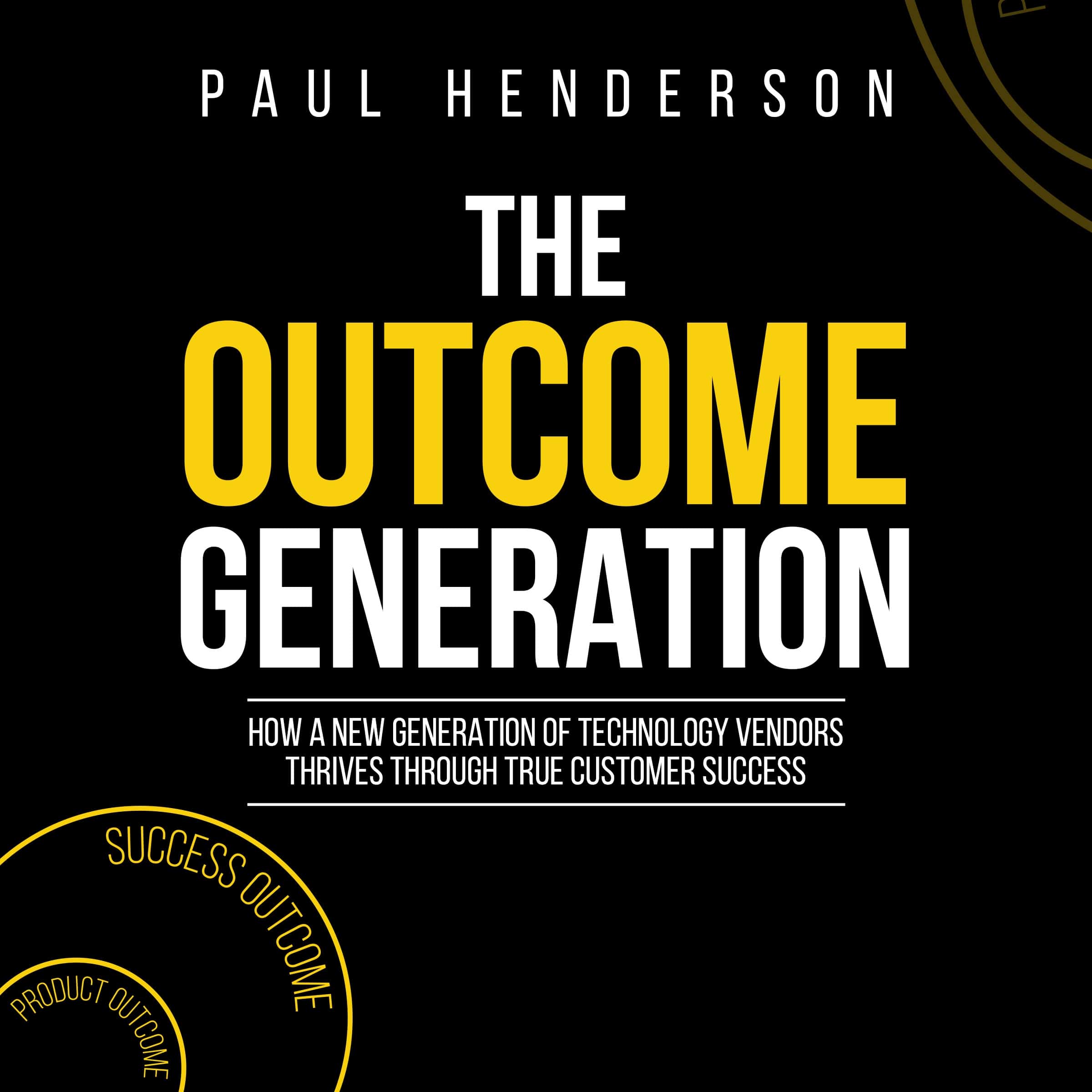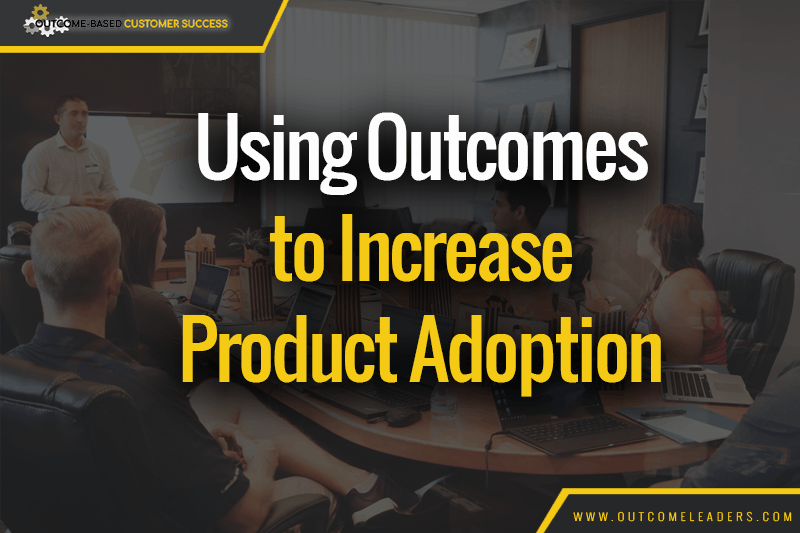
Technology vendors can act like a bad hamburger chain. But we can learn from a bad example.
Outcomes
Whenever people buy something, there’s an outcome they want to achieve. For example, if they buy a hamburger, they want to be full. If they buy a movie ticket, they want to be entertained. If they buy a sports car, they probably want to be noticed.
The same is true when people buy technology products. There’s always an outcome driving the purchase.
And the outcome isn’t using our product. Our product is a means to an end. The end is the bigger business outcome the customer needs to achieve – we call this bigger outcome a success outcome (see the end of this article for more detail on success outcomes).
The Success Outcome Drives Adoption
Our products help the customer achieve their success outcome. If the success outcome looks likely to be achieved, customers will adopt our product. What they want is the success outcome, and our product can help them get there.
If the success outcome looks out of reach, customers won’t bother to adopt our product. Why would they? If they can’t achieve the success outcome, why put any effort into using the product.
It’s therefore in our interest to ensure the customer can achieve their success outcome. We should do as much as we can to ensure that happens.
Let’s look at a non-tech example to see how we might increase the chance of the success outcome being achieved.
A Bad Hamburger Chain
People buy a hamburger to be ‘full, right now’. They may not articulate the outcome this way. But for most people, it’s a great summary of the outcome they need.
Let’s use this hamburger example to illustrate the importance of the success outcome.
Let’s imagine a hamburger chain that hasn’t got it right. This chain provides the hamburger ingredients, but you must cook and assemble your own hamburger. You must also cook your own fries. When the meal’s ready, you want to eat right away. But, there’s no seating. So, you either stand or perhaps sit in your car.
Would that hamburger chain thrive? It’s unlikely.
Consider the elements required to achieve the outcome of ‘full, right now’. We need enough food. We’d like it freshly prepared. We’re hungry now, so we don’t want to wait. And we need somewhere to sit and eat. The hamburger itself is not the only element required to achieve our success outcome.
Now consider today’s hamburger chains. They offer enough food, quickly, with a clean place to eat. They’ve worked out all the elements needed for our success outcome. And they provide all of them.
And that’s why they’re thriving.
Technology Vendors are Like a Bad Hamburger Chain
Hamburger customers can’t always articulate their outcome of ‘full, right away’. But the outcome they need is there, even if unstated. Similarly, technology customers can’t always articulate the outcome they need to achieve. But, there’s always an outcome involved. Even if not articulated, the outcome is driving their thinking and behaviour.
As vendors, we ignore the success outcome at our peril. Just as the bad hamburger chain did. But, sadly, we often ignore the success outcome.
Think about how most technology vendors operate. We provide a good product. And we’re good at onboarding and providing product training. Then, we hope, the customer will adopt the product.
That’s a lot like giving a customer the hamburger ingredients but making them cook themselves. The reason is simple. There’s a lot more to achieving a success outcome than just using our product.
The Things the Customer Does Themselves
If a customer has subscribed to new technology, they want their business to operate differently. In order to get the business operating differently (and better), several elements must come together.
First, the customer needs the right business processes. It’s likely their current processes will change. How do they ensure their processes will be effective?
Second, they need systems. That’s what we provide. But our products aren’t an ‘island’. Introducing our products may affect other software. Integration may be an issue. Minimising duplication of data may be on the customer’s mind.
Third, their staff need the right skills and motivation. The more complex the changes, the more important change management becomes. Staff need to know not only how to use the new systems but why they should change. Also, over time, as staff come and go, the customer needs to ensure that the level of knowledge about the software remains high.
Finally, the customer may have external partners that play a role in enabling the outcome. These partners need to be brought in effectively.
Most vendors leave this long list of other elements up to the customer.
What Happens after the Customer Has Subscribed?
The customer works out a plan for how they will adopt our products. Usually, with our help. Enthusiasm is high. The customer wants to charge ahead.
In many cases, the enthusiasm fades. The adoption plan doesn’t work out. The customer doesn’t using our product as expected. As vendors, we’re worried. Poor adoption means a much greater chance of churn. And makes upsell/cross-sell very unlikely.
Why did the enthusiasm drop? What went wrong?
The customer may struggle to articulate the reason for the fading enthusiasm. But, as a vendor, we need to work this out.
Enthusiasm Fades When the Success Outcome Looks Too Hard.
Imagine someone walks, unsuspecting, into the bad hamburger chain. They’re hoping to order a hamburger, receive it quickly and be able to sit right away to eat it. But they’d be disappointed. They’d learn they had to cook the hamburger themself. And the fries. And there’s no place to sit down when it’s cooked.
To this unsuspecting customer, the success outcome of ‘full, right away’ looks far more difficult than expected. Deciding to have a hamburger isn’t looking like a good decision. Enthusiasm for a hamburger fades.
And that’s what happens with technology.
Whether an outcome is clearly articulated or not, the customer is working towards something. A new to-be state. A new way of working in the future.
As the product rollout begins, the customer gets their first clear idea of how difficult achieving the success outcome will be. They can now see the things the vendor will do, and the things they must work out for themselves.
And often, the things they must do themselves looks harder than expected. Just like having to cook your own hamburger.
And so, enthusiasm fades. It might be easier to let this project languish than to battle on. Adoption slows and stops. The vendor is in trouble.
Learn from the Hamburger Chains
The hamburger chains worked out how to quickly and conveniently help customers achieve the success outcome of ‘full, right away’. They offer everything required to achieve that outcome.
Technology vendors can learn from these hamburger chains. The easier we make achievement of the success outcome, the more likely our products will be adopted. And the more likely usage of our products will grow in the future.
Next Steps – What Vendors Can Do
First, be clear about the success outcome we help our customers achieve. What is the outcome we serve?
Second, make a list of everything the customer needs to achieve the success outcome. Put a tick against everything we already do. For everything else, consider how we might help.
To illustrate,
- for processes, develop process maps that set out examples of excellent process flows. This will make it easier for the customer to adopt stronger processes.
- For systems, help the customer assess the other software they may need to integrate. Where possible, provide guides or services to assist with the integration.
- For people skills, provide a simple change management guide. And show them how to conduct ongoing assessment of staff skill levels.
In many cases, the additional assistance a vendor can provide may be offered as a chargeable service. Or through a new product. It’s a great win-win. The vendor not only increases the chance of adoption of their product but increases their revenue. The customer gets faster and more effective achievement of their success outcome.
This article is based on the book; The Outcome Generation: How a New Generation of Technology Vendors Thrives through True Customer Success
Paul Henderson is an author, speaker and consultant on outcome-based customer success for technology vendors. His last role was leading the Asia Pacific region of an enterprise software company. He saw the potential that could come from delivering real and measurable business success for customers. So, he initiated a customer success program based on customer outcomes. He and his colleagues developed, modified and proved the model over more than five years. He thespent one a half years researching and writing, culminating in the release of The Outcome Generation.
Success Outcomes
Whenever someone buys a product or service, they have an outcome to achieve. Think about anything people spend money on, and there’ll be an outcome that it addresses. They buy a hamburger to be full; they buy a movie ticket to be entertained; they buy a sports car to be noticed.
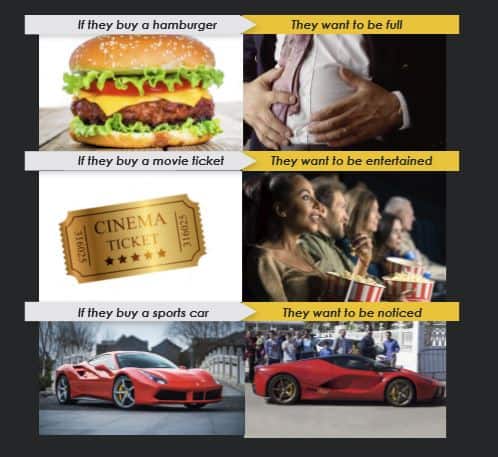
Two Types of Outcome
In technology, there are two types of outcome. Product Outcomes are the direct benefit of using a product or service. Success Outcomes are the bigger business outcome the customer needs to achieve. The product outcome is a subset of the success outcome. It’s necessary, but not enough by itself.

To illustrate. Imagine someone goes to a hardware store to buy a drill bit. The hardware store manager knows the person doesn’t want to own a drill bit for its own sake. The person wants to drill a hole in the wall. The direct benefit of owning a drill bit is the hole in the wall. The hole is the product outcome.
But the customer doesn’t want a hole in the wall for its own sake either. They want to hang a photo or picture – perhaps a family photo. The family photo hanging on the lounge room wall is the success outcome.
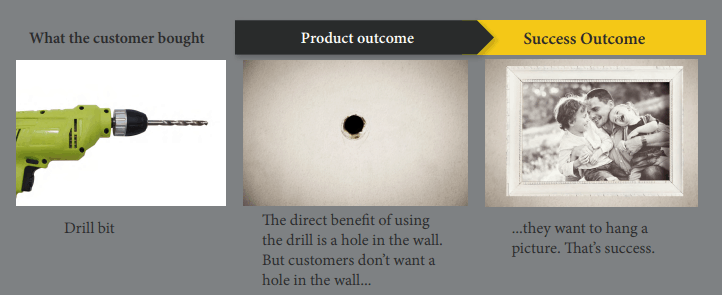
Another example is a restaurant. The restaurant offers good food and service. People will go to the restaurant to enjoy the food and service. Enjoyable food is the product outcome – the direct benefit of the restaurant’s product and service.
However, people don’t go to the restaurant for the food
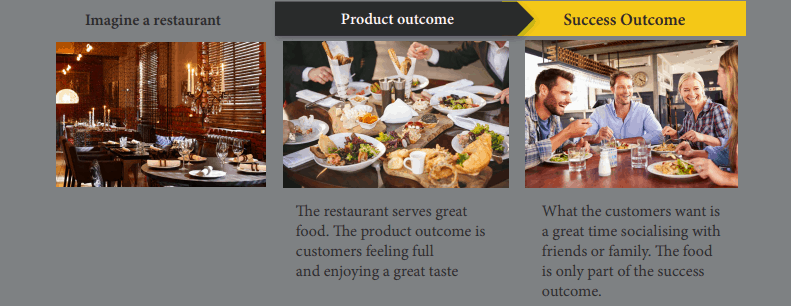
alone. They go for an enjoyable evening with family or friends, or perhaps for a business meeting. The success outcome is a good evening out, or a successful business meal. Enjoyable food is part of the equation, but not enough by itself.
Why Care About the Success Outcome?
Imagine we were at the restaurant, and we were with a group of people. Two of them have an argument, and it spoils the night. Or there’s someone on the next table who’s loud and obnoxious, and that spoils the night.
The food and service might have been fine (the product outcome was delivered), but we didn’t achieve the Success Outcome of a great night out.
So, we’ll probably never go back to that restaurant. And that will cost the restaurant owner future revenue.
Similarly, we hang the family picture, step back to admire our work and it looks terrible. It’s in the wrong place. Next time there’s a home handyman job, we might hire a handyman. And not buy anything from the hardware store. And that will cost the hardware store future revenue.
+61 1300-859791
pjh@outcomeleaders.com
facebook.com/outcomeleaders
linkedin.com/outcomeleaders
youtube.com/outcomeleaders
Receive the latest on Outcome-based Customer Success |
Send us a Message
Error: Contact form not found.

